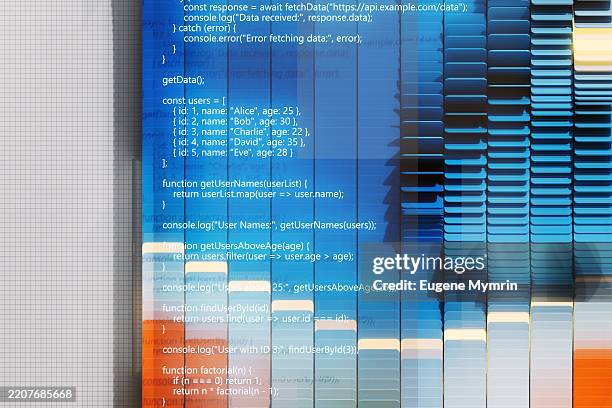Revolutionizing React State Management with Zustand and RTKQ
React state management can be a complex beast. Traditional solutions like Redux can feel overly verbose, especially for smaller projects. This blog post explores a more lightweight and efficient approach using Zustand for local state and RTKQ (Redux Toolkit Query) for fetching and caching asynchronous data. This powerful combination simplifies your codebase while maintaining excellent performance and developer experience.
Concept: Zustand and RTKQ Synergy
Zustand is a small, fast, and scalable state management solution. Its simplicity shines through its minimal API and intuitive use of hooks. RTKQ, built on top of Redux Toolkit, simplifies fetching, caching, and updating asynchronous data. By combining them, we leverage Zustand's ease of use for local application state and RTKQ's robust features for managing data fetched from APIs. This eliminates boilerplate and improves code readability. Zustand handles the quick, reactive updates of UI elements, while RTKQ manages the complexities of API calls and data consistency.

Code Example: Fetching and Displaying Data
Let's build a simple example fetching a list of posts from an API. We'll use RTKQ for fetching and Zustand to manage the UI state (e.g., loading indicator).
Tips and Best Practices
1. **Keep Zustand for UI state:** Focus Zustand on managing UI-related state like form values, UI visibility, and local application state. 2. **Use RTKQ for API interactions:** Let RTKQ handle all your API calls, caching, and data management. This ensures data consistency and reduces boilerplate. 3. **Leverage RTKQ's caching:** RTKQ's built-in caching significantly improves performance by avoiding redundant API calls. 4. **Error Handling:** Implement robust error handling in your RTKQ queries to gracefully manage API failures. Display user-friendly messages to the user. 5. **Keep it Simple:** Remember the primary benefit of this combination is simplicity. Avoid over-engineering your state management.

Conclusion
Zustand and RTKQ offer a powerful and efficient solution for React state management, especially when dealing with asynchronous data. Their combined strengths provide a streamlined developer experience without sacrificing performance or scalability. By following the tips outlined above, you can build robust and maintainable React applications.
Comments
Post a Comment